Humans are meant to express their creativity. Whether you like to play music, dance, write poetry, write short stories or novels, paint, sculpt and/or make film, it is vitally important to allocate time on a regular basis to feed and sustain your creative impulses. In my family, I have been surrounded by artists. Whether it is through the paintings of my wife Rashne, our daughter Jasmine’s socially analytical ceramic art (recent news), or our son Cyrus’ film-making, I have been inspired by them to express my own creativity. This section of my website contains the products of this work.
Creative Writing
I have done a lot of technical writing during my career as an engineer and as a university professor. But a few years back I decided that I needed to take up some form of creative writing, to express some ideas and to have some fun. And as a kid I loved Beatrix Potter books, with their frontispiece sketches at the start of every chapter. So I took to doing a wee sketch for the start of every chapter of my creative writing pieces, and now I think I enjoy the sketching as much or more as the writing itself. This work has led to a number of pieces, which are described below, and are available for reading as a pdf file.
Rocky's stories
My first attempt at creative writing was to write a non-chronological trilogy of key chapters in the life of our beloved family dog, Rocky. Rocky was a tri-colour Sheltie, and was described by a dear family friend as ‘Love on four legs’. So this pdf file is titled the “LOFL Trilogy plus Coda”. The Coda piece was sadly inspired by the events around Rocky’s passing, and is included here as a separate pdf file titled “Liftoff into the Light”. Fair warning, this last piece may elicit tears, particularly from those who love dogs.
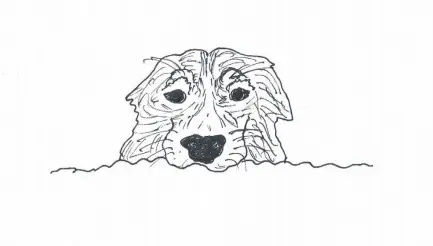
Buddy Booklets
The next piece of creative writing I took on revolved around our second family dog, Buddy. Buddy was a Chihuahua/Pomeranian/Jack Russell mix, who had been rescued by my mother-in-law in California. He journeyed north to fill the void from Rocky’s passing when Ma had to go into a care facility, and this trilogy depicts the various chapters in this lovely little dog’s life.
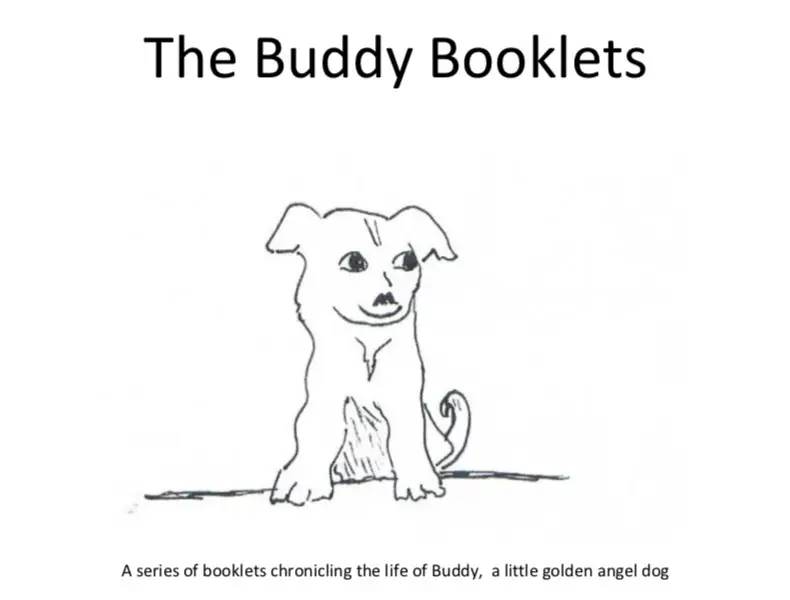
'Sunny Strips' Graphic Novel
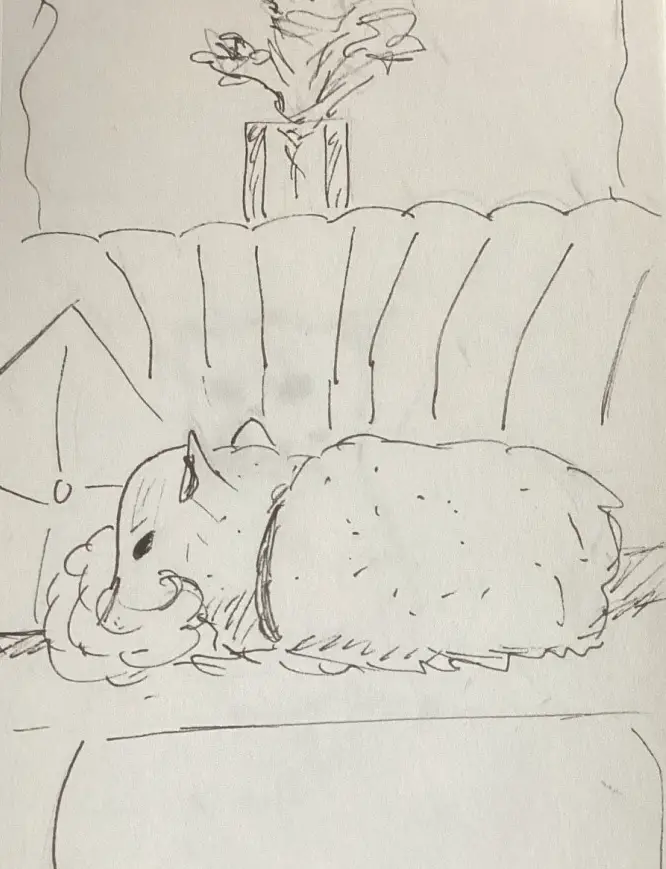
The Spencer Creek Trilogy
I then went on to write a trilogy series of connected novellas, set in my adopted hometown of Dundas, ON. They are written in reverse chronological order, and weave in my interests in environmental sustainability and in spirituality. I am an optimist at heart, and I see life as an amazing learning opportunity as long as we open our hearts and begin to acknowledge we are spiritual beings having a physical experience on this beautiful globe. So the first novella describes what our world could be like sometime in the not-too-distant future, if we acknowledge our true essence. The second novella is set a few years in time before the first, and shows a community in transition. The last novella is set in current time, and depicts the world we now experience with all of its darkness and negative thinking. But as the songwriter cat Stevens wrote, “Somewhere on the edge of darkness, rides a Peace Train…” So it’s up to all of us to shine the Light on our individual and collective darkness, and that’s what this work is promoting.
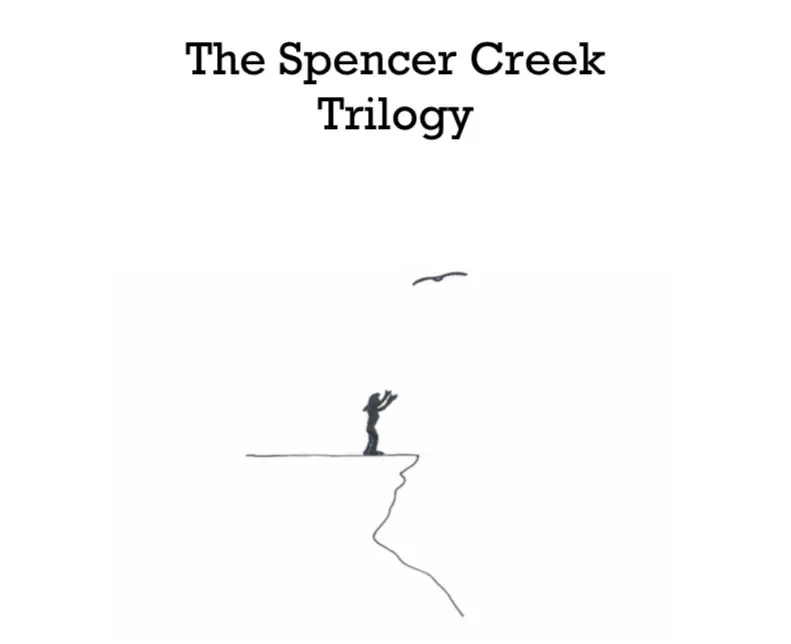
Bertram and Vera
My original family had a sad element in its story, as we had an uncle who fell in WWII who we had
never had the chance to meet.
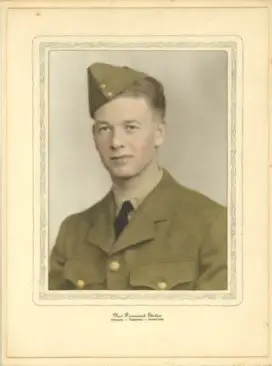
The Saugeen River Trilogy
Some say writing is therapy, for the person who writes it and for the people who read it and identify with the characters or the situations. I decided to do some writing therapy through the depiction of a kid going through the gauntlet of high-school in the 70s in my hometown of Walkerton, Ontario. It’s semi-autobiographical, which made the writing a bit tricky. Most of it is based on actual events, but some events and some characters are fictional. It depicts the time and the culture and the headspace of an adolescent kid. As a result, it is not politically correct by today’s standards or norms.
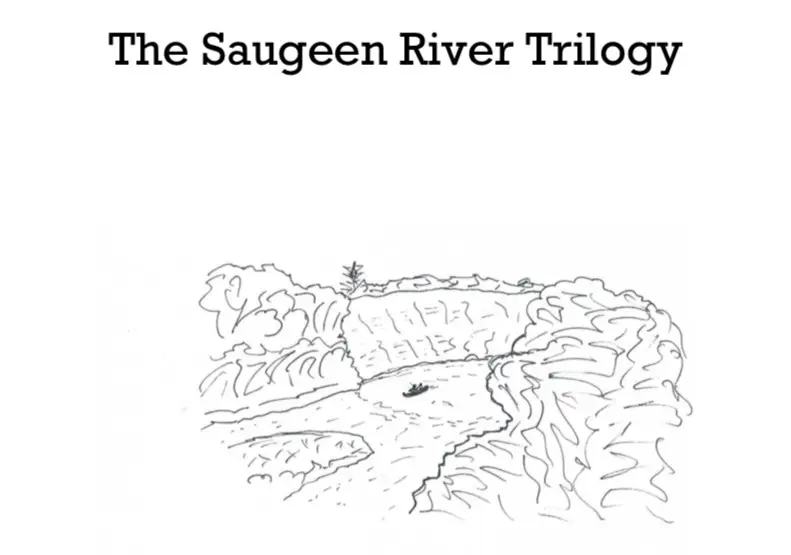
The Taddle Creek Trilogy
And if some writing therapy is good, why not more? I then decided to do some writing therapy through the depiction of a young man going through university in the late seventies, early eighties in Toronto, Ontario. It’s also semi-autobiographical, which made the writing a bit challenging. Most of it is based on actual events, but some events and some characters are fictional. It depicts the time and the culture and the headspace of a young man teetering on the brink of near-maturity. As a result, it is not politically correct by today’s standards or norms.
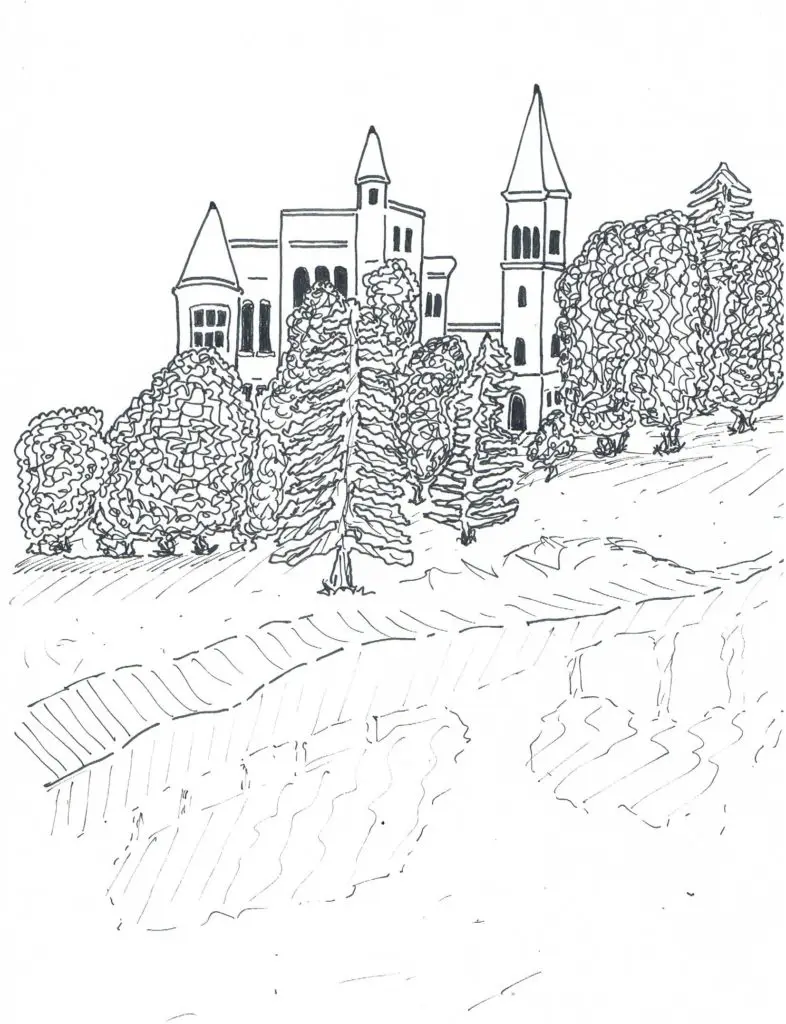
The River Canard Trilogy
I’m not sure why, but I always wanted to learn more about The Underground Railroad, and write something that related to this important social justice initiative. Some field research at the Amherstburg Freedom Museum, and some contemplative time on a bench down by Amherstburg’s impressive waterfront, quickly led to a rough outline of a trilogy of novellas that connect a fictitious tobacco farm in North Carolina to this small town in southwestern Ontario. Some violence is recounted in this work, reflecting the inherent violence in slavery as a flawed, oppressive and inequitable socioeconomic system. But in the end, the power and beauty of the human spirit shines through and dominates this story.
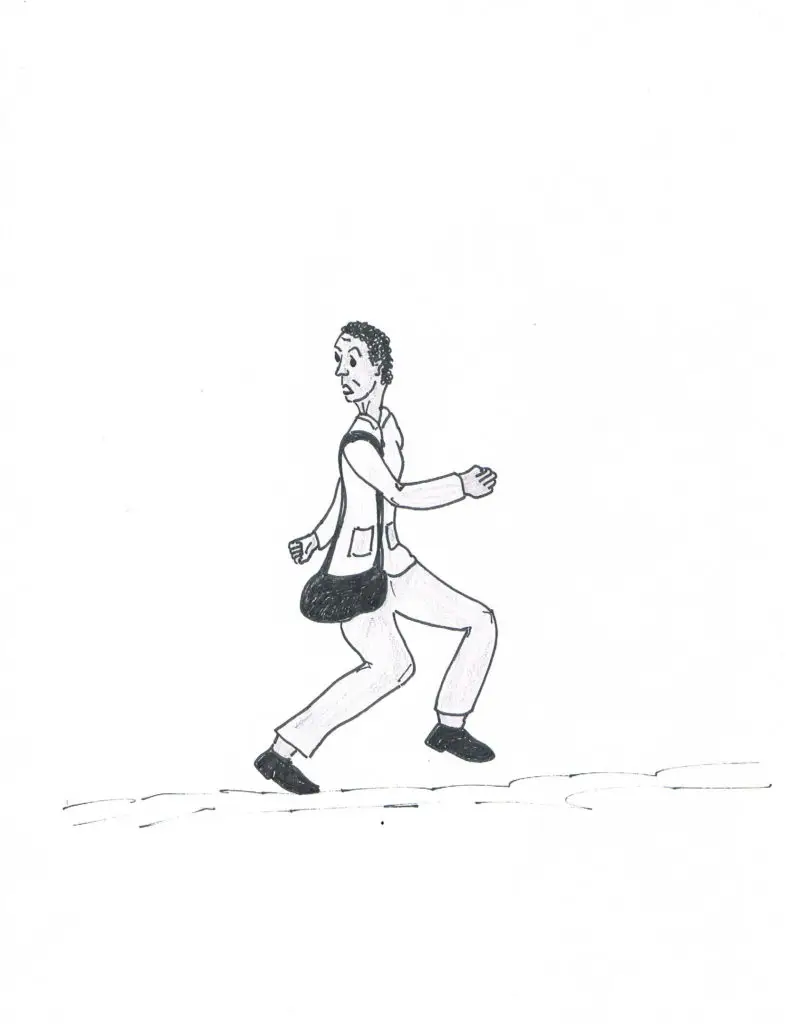
Elsa, the Nomadic Arctic Fox
The news story about the wee Arctic fox that ran along the sea ice from the Norwegian territory of Spitzbergen to Ellesmere Island in northern Canada really grabbed my imagination. I had been thinking about doing a first stab at a graphic novella, so this seemed like the perfect inspiration. And having a mini Eskie doggie named Sunny, who bears an uncanny resemblance to an Arctic fox, sealed the deal.
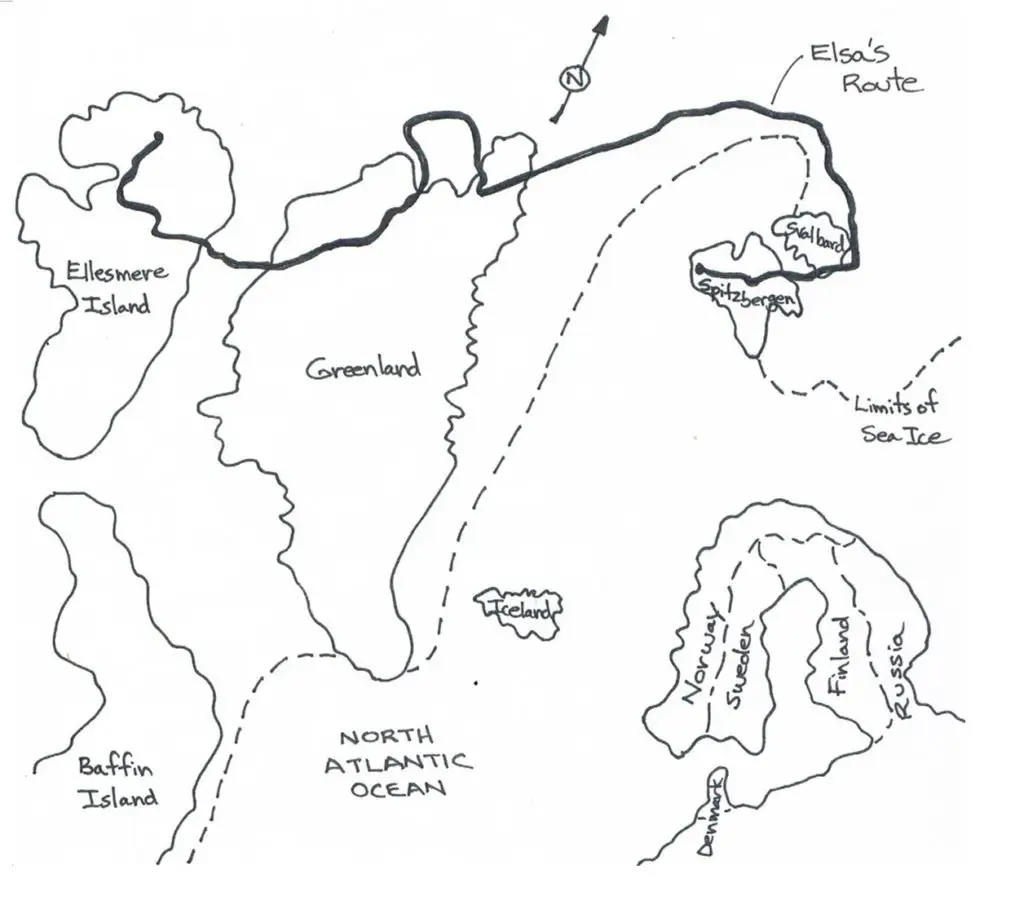
The Overland
My wife Rashne and I have been involved since the early 90s in conserving the lands north of Cootes Paradise in Dundas. It was originally referred to as the Pleasant View lands, then it was referred to as the Dundas EcoPark, and now it is formally recognized as the Cootes to Escarpment EcoPark System (which has both Hamilton and Burlington components under its overall umbrella). There have been a lot of twists and turns on the road to protecting this land as greenspace, and it is now starting to come to its full fruition as a very special ecological treasure. These are the ancestral lands of our Indigenous brothers and sisters, specifically the Princess Point Culture of the Woodlands Period. We believe wholeheartedly that some energetic connection from these indigenous ancestors has protected, and is protecting, this land. Along with our friend and collaborator Margaret Rees, we can feel this presence as a strong feminine energy that is weaving her magic to help the land rebirth to its former natural glory. Meditating and connecting to this presence has created a narrative of how this all came about, and this story is captured in this graphic novel as a way of honouring her presence and encouraging her further work.
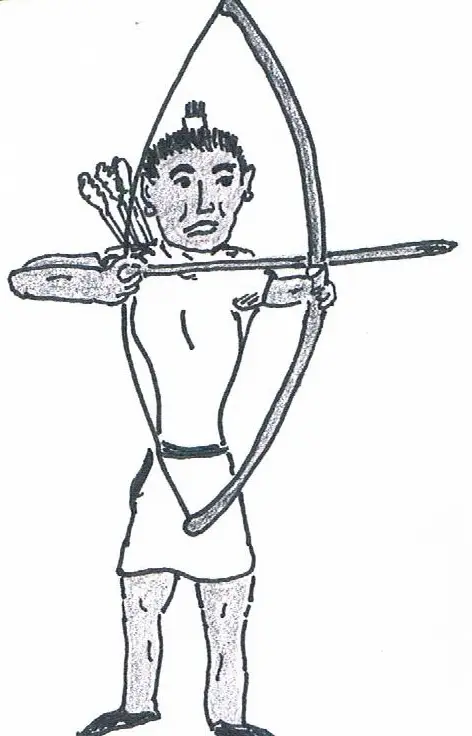
First Light - A Play
I’m a small-town chap , having grown
During the pandemic, I’ve seen and felt our community change. For sure, lots of good things have happened—neighbours helping neighbors, more people out walking, the banging of pots and pans to honour front-line workers. But lots of not so great things as well, with more folks living in tents and people feeling fear from the constant barrage of statistics and rising food and fuel prices and images of hollowed-out storefronts and overseas conflicts. Out of this tension came the desire to tell a story about a community facing choices. The choice of how to live and how to perceive life, and how to see ourselves and our neighbours.
Every town has the hint of a seamy underbelly, and every town has its salt-of-the earth folks, and pretty much everything in between. So this play about community is really about its wide range of people and the potentially emerging shift in their consciousness. The premise is that significant changes have been imposed upon the town, and that many feel that they all may be on the cusp of even more change. Sound familiar? Navigating this process, where we let go of the past and reach out to an uncertain future doesn’t come with an instruction manual. As this process unfolds, elements relating tomindfulnes
I wanted to write a play that my neighbours, friends and colleagues could read and hopefully see themselves in the characters, and identify with the development of these characters. And in the process of observing this, they might just laugh out loud while pondering how this could all relate to their own inner landscape. Some writing that recognizes the interplay of light and shadow in our modern and complex world, and that which might give some hope in these increasingly troubled times. Hopefully, a reader may reflect on their true essence and their infinite potential, and realize they are inherently imbued with the beauty that is so evident at a dawn’s First Light.
The version above is set in Dundas, Ontario. But the awakening of humanity could and will happen in any town or city, so the version below is a generic version that can be easily modified to add local reference content for any jurisdiction. These are highlighted in yellow throughout the script. Any community theatre or high school drama troupe who would like to mount First Light as their next production is very welcome to do so, and can add the local identifiers where noted to create a production that will resonate to a greater extent with their local audience.
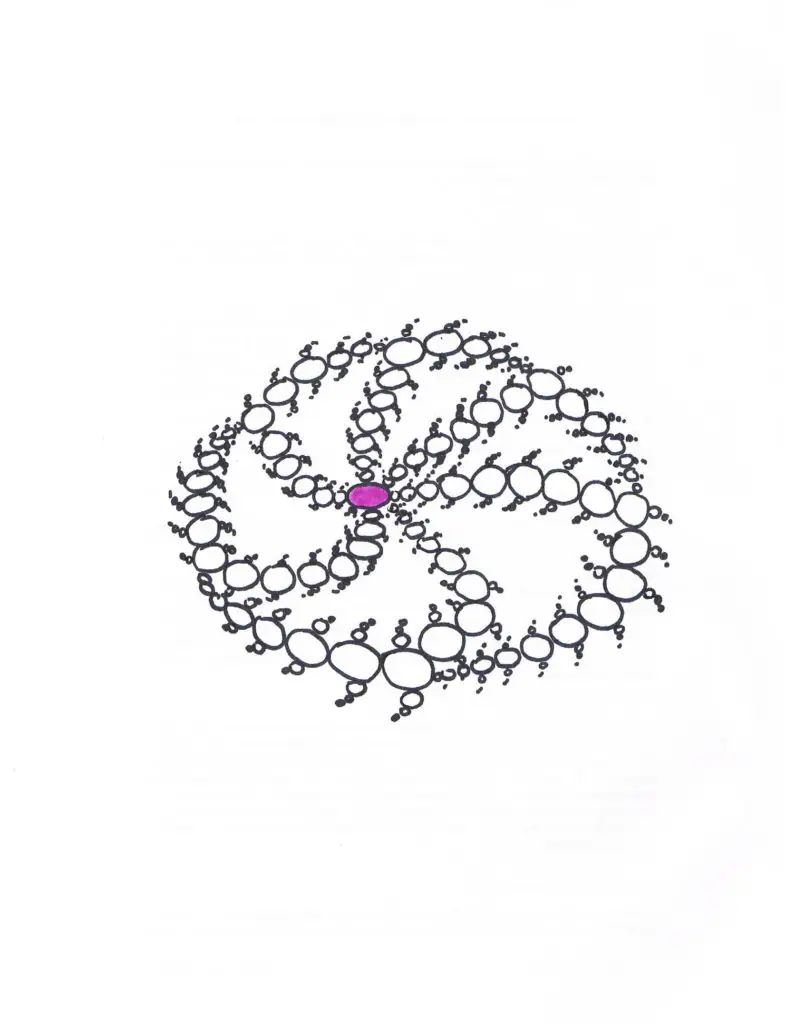
First Light—A Graphic Novel
The Spencer Creek Trilogy had its first novella titled as First Light, and this work has inspired a stageplay script (see above) and now a graphic novel. If you enjoyed the characters in First Light but wanted to see their escapades and enlightenment happen in a visual way, then click on the attached file. In this increasingly troubled world, we all need people around us who are aware of their Inner Light and can see it in others, to help our society take a quantum leap forward.
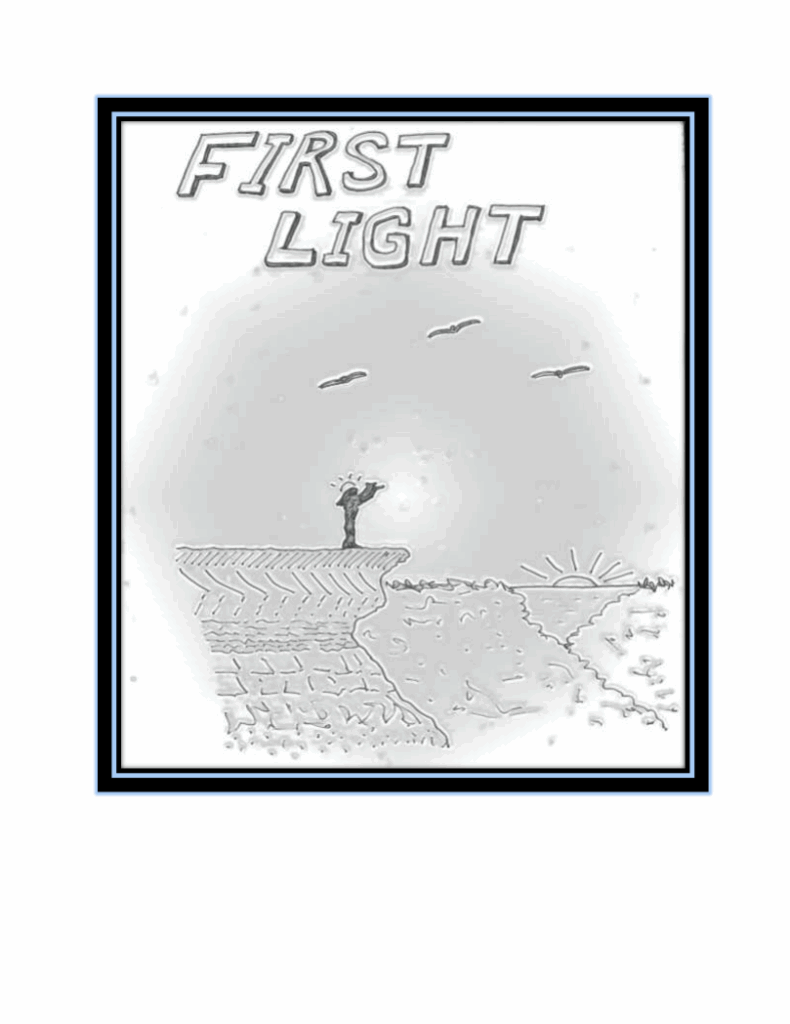
Groundhog Day
A family health challenge was faced in conjunction with taking a pen and ink/watercolour course with Rae Bates at the Dundas Valley School of Art. The class project evolved into a short graphical documentation of what a typical day was like during this trying period. Special thanks to Dr. Zhong Li for covering for me on Friday afternoons so I could take Rae’s class, and for the doctors and nurses and support staff at St. Joe’s in Hamilton for their expertise and care.
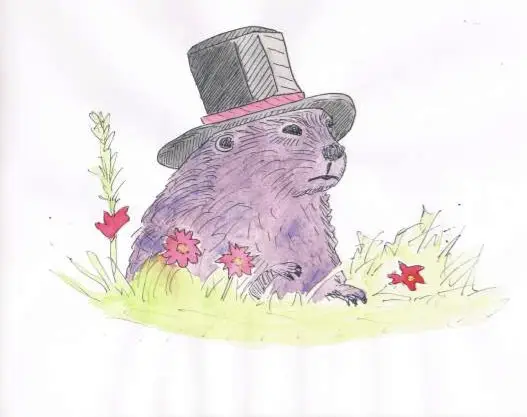
Be a Good Boy, Now—A Graphic Novel
This graphic novel is set in Walkerton, Ontario, not in the current day, but in the mid-1970s. This is a time that people born as part of the post-War baby boom will remember well. A time when the effects of WWII were still being felt by those who served overseas or on the home front, along with a yearning to cast off these effects and emerge into a new way of being and thinking. This is a play about community, about a family living a bit uneasily within this community, and the coming of age of one of its family members. Coming of age is never an easy process, but the emerging sex-drugs-and rock n’ roll mindset of the 1970s made steady navigation of it all perhaps even more challenging. This play about community is really about its wide range of people and the supports they give to each other while they live their lives. A small town community that effectively serves as an extended family for all of its citizens, that yields numerous opportunities to realize the importance of family ties, warts and all. The County Town of Walkerton is my hometown, and I spent my teenage years there. This graphic novel is more than a bit autobiographically reflective of that time, and has a mix of truth and fiction that will hopefully intrigue and amuse the reader.
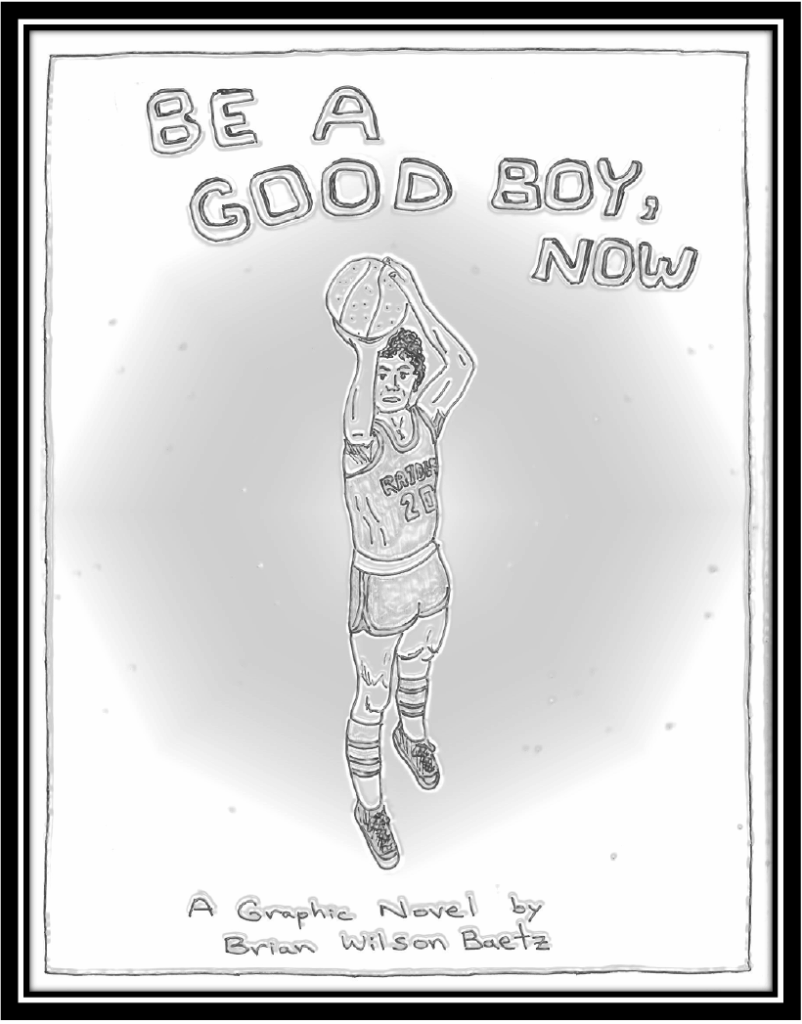
Films
The Hamilton Conservation Foundation had announced a campaign for the Dundas Gateway portion of the EcoPark (now referred to as Canal Park) and for acquisition of Pleasant View lands. Some of us were looking for ways to help with fund-raising, and then Mark Chamberlain called one morning and offered a free helicopter and pilot and camera technician to go up and capture the beauty of these lands from an aerial perspective. This was my first opportunity to be a film director, and from the aerial footage we decided we needed terrestrial images and interviews of key players. Wade Genders and Glen Prevost went out and filmed all of this, Wade Genders provided expert editing, Dr. Matt Woolhouse provided original music, Julia Kollek did the narration, and Rashne Baetz provided co-direction on the script and the final editing. All in all, this was a fun and rewarding community engagement project.
